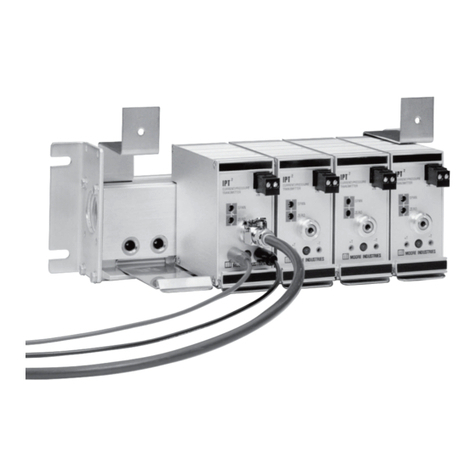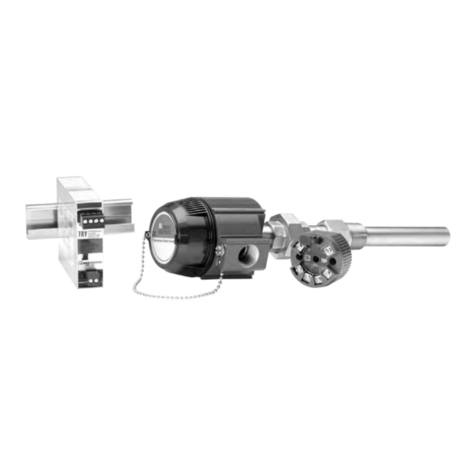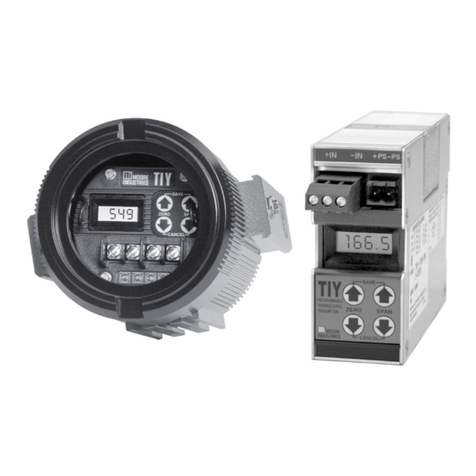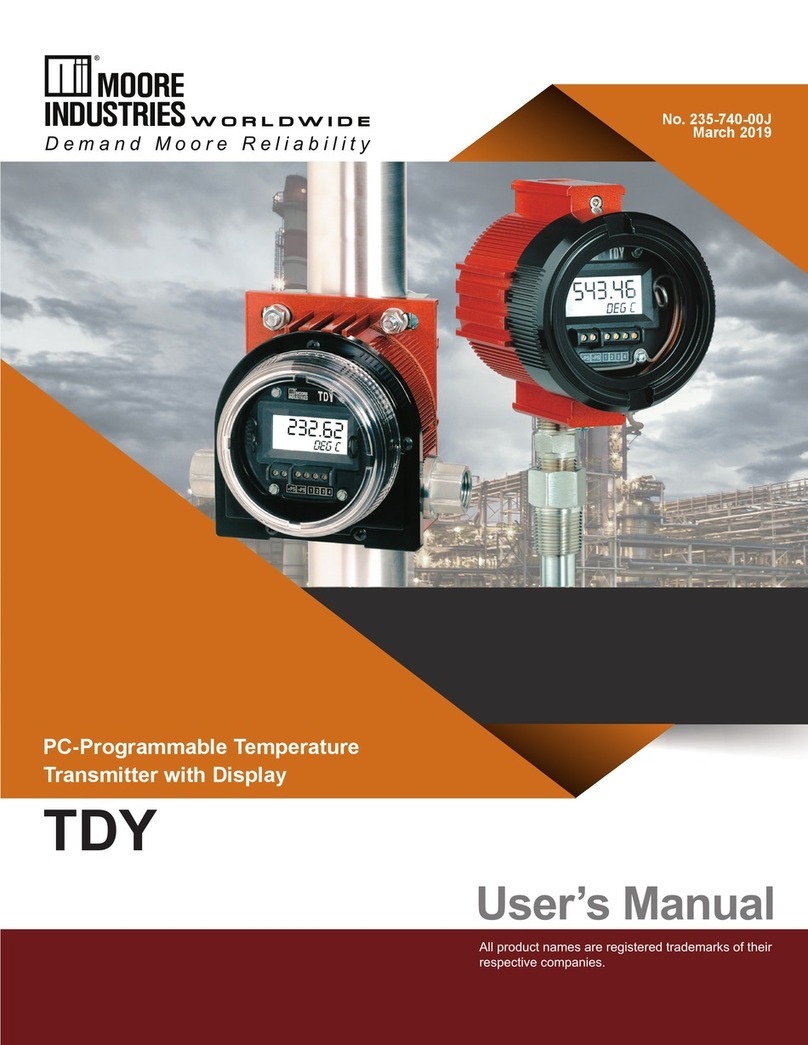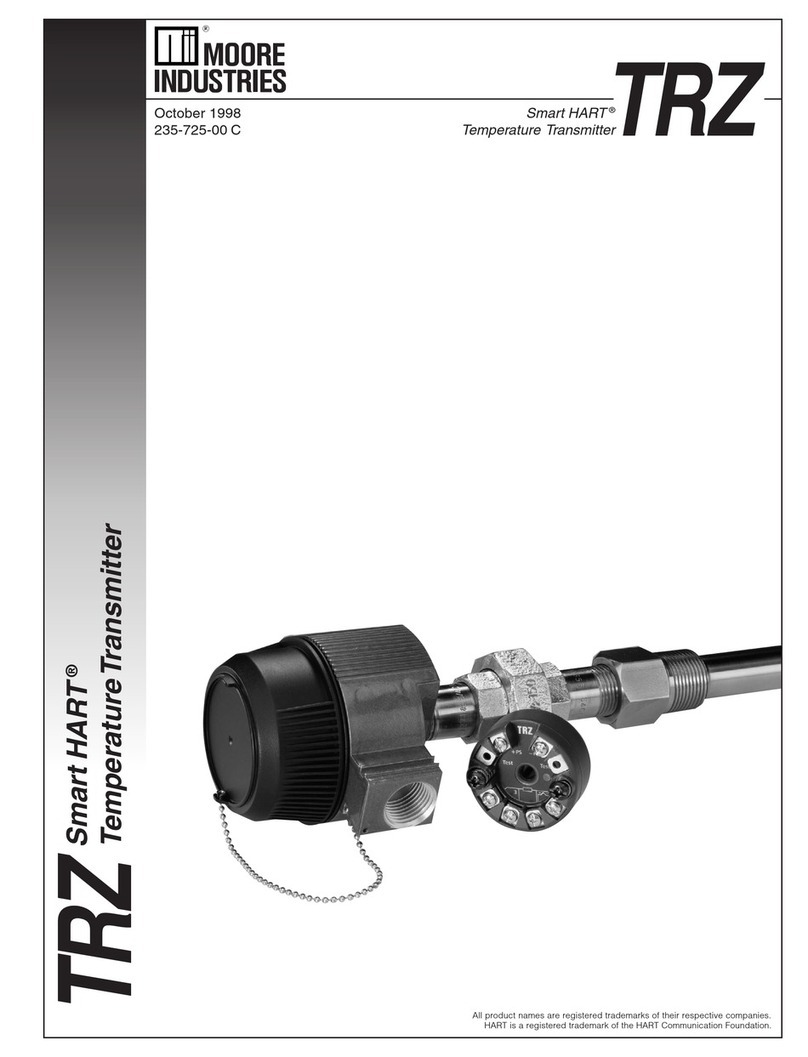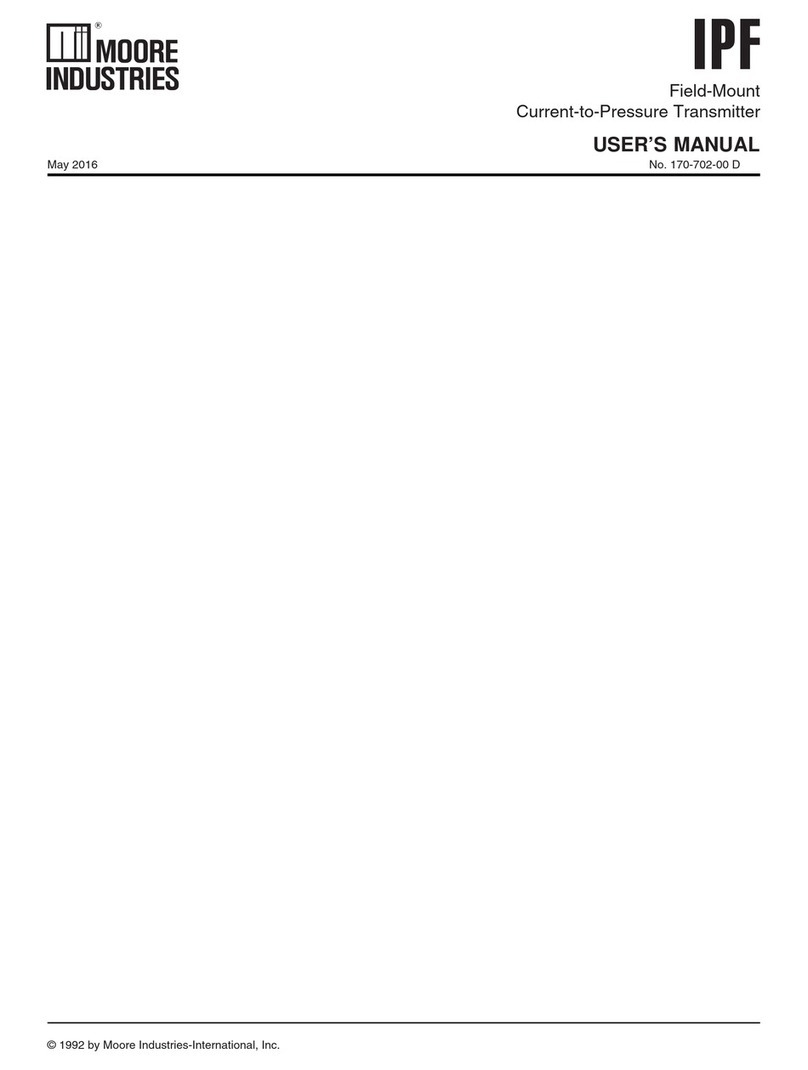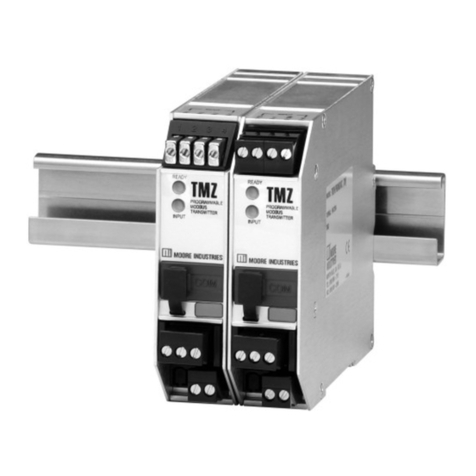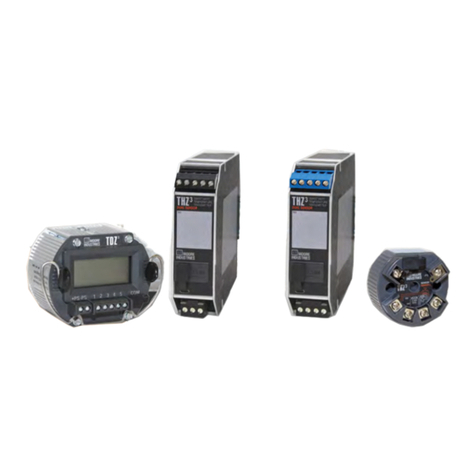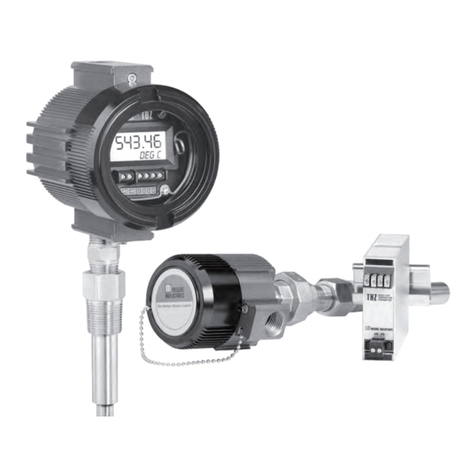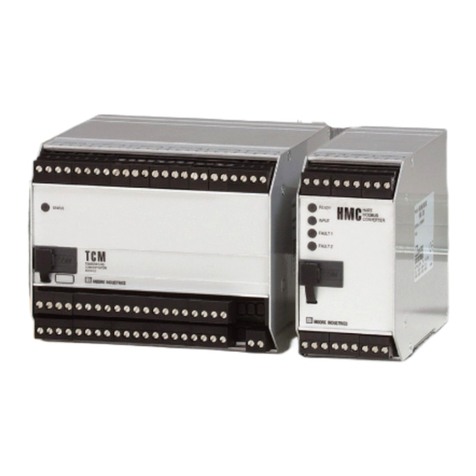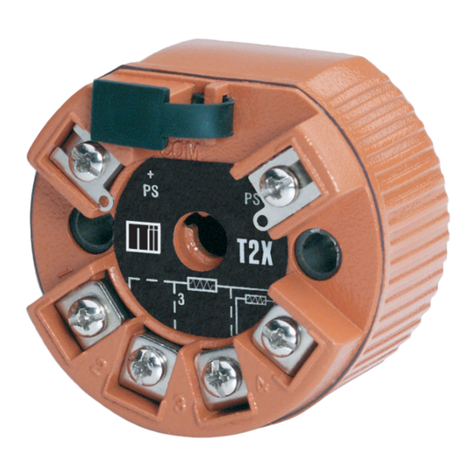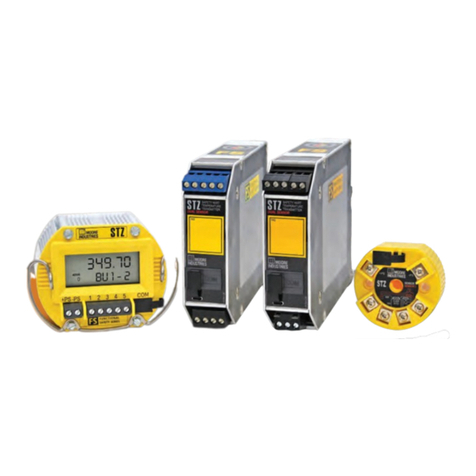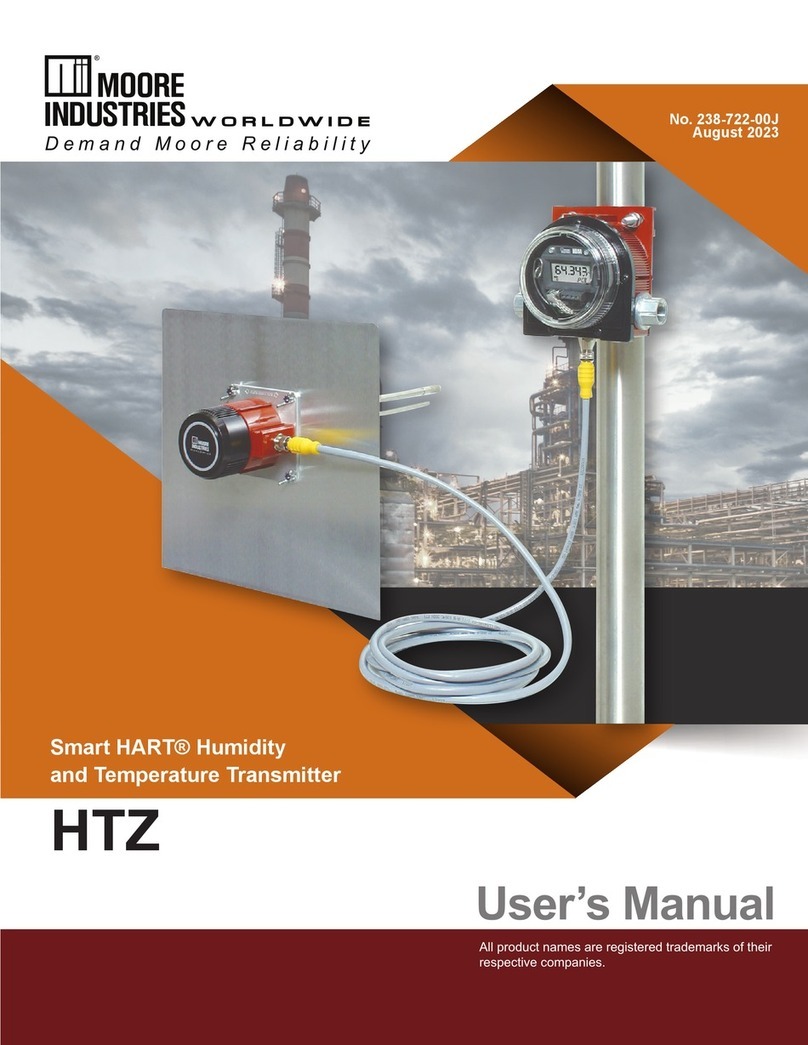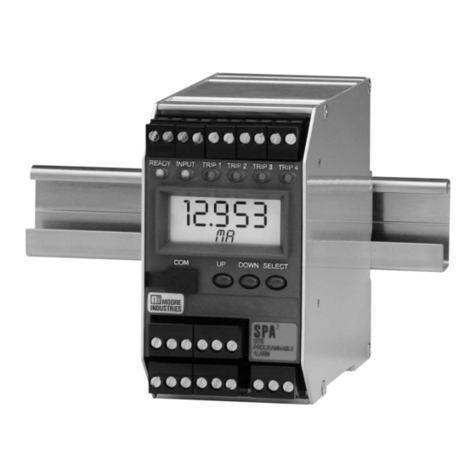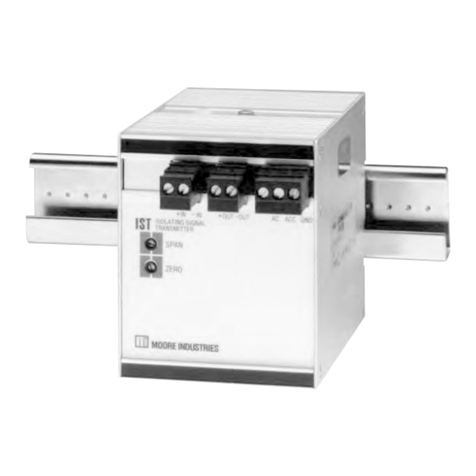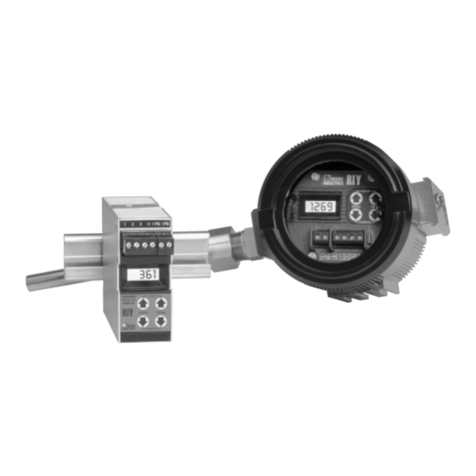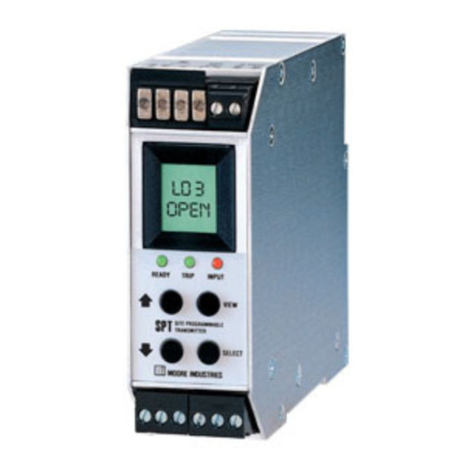
IPH
6 The Interface Solution Experts
Installation
The installation of the IPH is carried out in three
phases. The first phase is the physical mounting of the
unit. Next is the electrical connections phase, and
finally, pneumatic connections can be made. It is
strongly recommended that IPH’s be installed in this
order. It is also strongly suggested that each unit be
calibrated according to the instructions in this manual
before being placed into service.
The IPH may be installed at any angle: either surface-
mounted or attached to pipe or round conduit. When
deciding on the placement of the IPH unit, make sure
to consider the possibility of needing to: access the
front panel, check the fittings, read the -FR1 Option
gauge, or drain the filter.
Closed Loop/Open Loop. The IPH should be
installed in a closed loop. A closed loop is the best
way to measure a control variable. It also helps
determine if a deviation from a desired value exists and
provides feedback for actuator loading pressure.
An open loop has limitations that are not consistent
with precise control. Long term drift of the loop dynam-
ics, load fluctuations that require constant adjustments
of the actuator loading pressure, and performance
quality variations due to inconsistencies between
operating personnel are all problems commonly
associated with open loops. A controlled variable
cannot be directly measured in an open loop; this
prevents compensating adjustments to the system
input.
Phase One: Mounting
Figure 2 gives the IPH’s outline dimensions. The
illustration also gives the dimensions of the available
-FR1 Option hardware, which is recommended for
most installations.
After placing the IPH in the desired location and
orientation, secure the housing with the optional pipe
mounting hardware or other appropriate fasteners.
If you have further questions on how to mount the IPH,
contact your Moore Industries Sales Representative for
assistance.
Phase Two: Electrical Connections
To complete the electrical connections, route the wiring
through the conduit port to the terminal block, then use
a slotted-tip screwdriver with a maximum head width of
3 mm (0.125 inch) to loosen the terminal screws.
The terminals are comprised of compression-screw
sockets that accommodate 22-14 AWG wiring.
Connect positive lead (+) to terminal labeled “+I”, and
negative lead (–) to terminal labeled “–I”. Tighten the
terminal screws until snug.
Use shielded, twisted-pair wiring for low-level input.
Ground the shielding wire as close as possible to the
installed IPH.
Phase Three: Pneumatic Connections
To complete the final phase of installation, the pneu-
matic connections, connect the supply line to the
1/4-inch NPT female port labeled “IN”. Connect the
output line to the 1/4-inch NPT female port labeled
“OUT”.
Seal all fittings with Teflon®tape, or equivalent. Always
“blow down” (purge) all tubing and the controlled
device before connecting the IPH.
Filters. The IPH requires filtered, dry, regulated,
instrument-quality air to prevent clogging and to ensure
extended periods of maintenance-free operation.
Moore Industries suggests the following levels of
filteringprotection:
• Pre-filter – A general purpose “rough” filter, used
to reduce particulate matter to 5 microns in size.
Also removes bulk liquids. Although not required,
this filter is especially recommended to protect the
0.01 micron final filter when used.
• Final Filter – A second, final filter is recom-
mended, to remove particulate matter in sizes
down to 0.01 micron. This filter removes virtually
all condensable liquids from the air stream as well.
• Filter/Regulator Module Option – A combined
filter/regulator assembly, the -FR1 Option, offered
as an accessory for the IPH, removes particles
down to 0.01 micron, supplying regulated, instru-
ment-quality air to the unit. This space-saving
module is affixed to the IPH supply port, and
comes with a pressure gauge scaled in both psi
(0-60) and bars (0-4).
NOTE:
For NEMA4X and IP55 Installations, the unit must be
mounted vertically or within 45 degrees of vertical.
